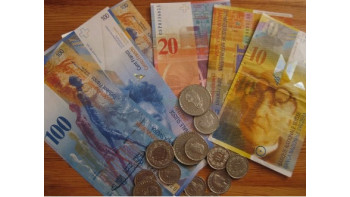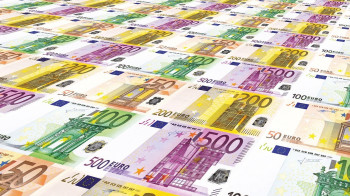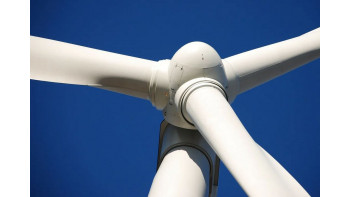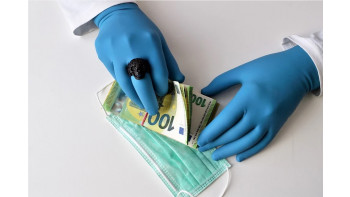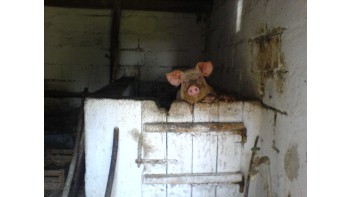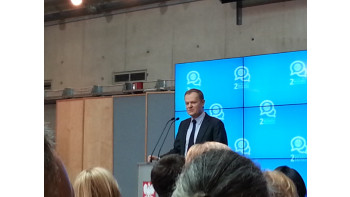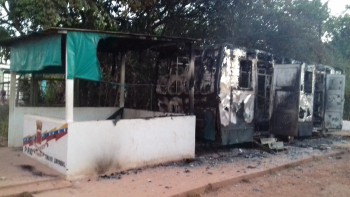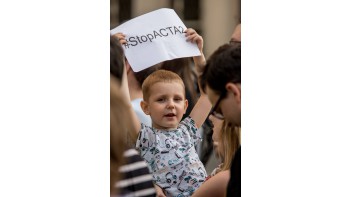
Russia’s president has continued to publicly undermine Ukrainian statehood as it ruins Kremlin’s plan to acquire more former Soviet Republics into its orbit, while also signalling his readiness for a long-term geopolitical confrontation by fast-tracking the distribution of Russian passports to Ukrainian citizens in the Russian-occupied Donbas.
Experts have also noted a mounting evidence of Russian attempts to potentially start another offensive against Ukraine. Here are a few signs for Ukrainian government to watch for.

Throughout the year, Russia scheduled over 4,800 drills of various scope and more than 9,000 practical combat training exercises, including the Caucasus 2020 and the West 2020 to be conducted in the western part of the country.
Some of them are not defensive but rather offensive. For instance, the Caucasus 2020 will involve the strategic command and staff exercise, including training of air defense forces that will consist of 13 tactical activities with live firing with formations and military units.
Russia has already sent hundreds of tanks and other heavy military equipment to the occupied Donbas. The General Staff of the Russian Armed Forces has formed and maintains an operational group of Russian occupation troops in Ukraine consisting of the First (Donetsk) and Second (Luhansk) Army Corps with a total number of more than 35,000 soldiers, 98 formations of the Russian Armed Forces and other law enforcement agencies.

The Kremlin has also amassed around 90,000 soldiers along the state border with Ukraine and enforced the troops with some 1,100 tanks, 2,500 armoured combat vehicles, 30 aircraft and 20 combat helicopters.
Russia also kept supplying its proxies in the Donbas by sending ammunition, including weapons of prohibited calibers and mobilizing the reservists among the employees of the “people's militia,” miners, and utility workers. Russian “Cossack” formations have been mobilized as well.

Russia has a history of military offensives disguised as training. In August 2008, the conflict spiralled between Russia and Georgia which mainly included Georgia’s enclave of Abkhazia and the separatist region of South Ossetia. After the end of the Caucasus 2008 military exercise, Russia was in no hurry to withdraw the troops. A Russian group of two reinforced motorized infantry battalions was left near the Russian border with South Ossetia. This was done to provoke the Georgian side. The purpose of the provocation was to force the Georgian army to attack South Ossetia. Tbilisi’s plan, on the other hand, was to recapture South Ossetia with its capital Tskhinvali, reintegrating what had by then become a Russian dependency and outpost of Russian influence back into Georgia proper.
The course of the war, and Georgian military preparations, reflected the fact that Georgia didn’t expect to defend against a major Russian intervention. In a brief five-day standoff, Russia defeated the Georgian forces, but the war revealed some serious deficiencies in the Russian armed forces, namely the poor performance of its air power, and the inability of different services to work together.
More than a decade later, the Russian army might emerged prepared for any offensive better than ever before. Although Russian military spending decreased in 2017 and 2018, it rose again in 2019 to reach $65.1 billion. The military burden on Russia's economy as a share of gross domestic product was at 3.9 percent in 2019.
With local elections scheduled to take place across Ukraine in October 2020, the Kremlin is expected to crank up efforts to destabilize the country in the coming months. Domestic and international experts have already voiced concern about a widespread of anti-American and anti-European information campaign spearheaded by Ukrainian media outlets controlled by Russian proxies.



